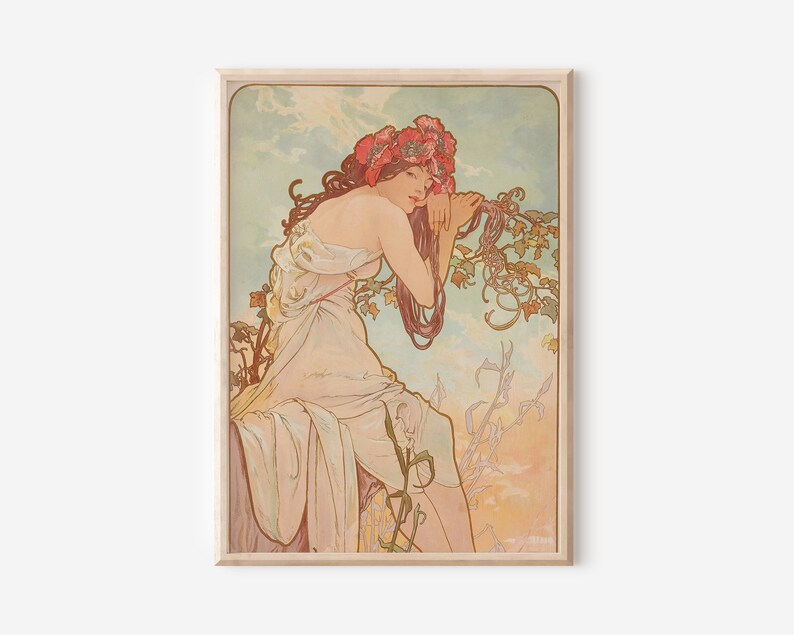
Colombian cyclists use it in the tour of France as their secret weapon. It is an energy drink, used by the poorest in society, as it gives you raw energy and keeps you going. It smells delicious, and if you have a cold, you add a little bit of lime on it. First, you break it in clunks using a river stone. Presented to an audience foreign to Colombian traditions and culture, it looks like a minimalist arrangement of somewhat imperfect industrial products, except that this clean and sterile arrangement has an intense smell of guava.Īgua de Panela is a very sweet hot drink made out of these raw blocks of sugar. Displayed on the floor, in the dimensions of a standard flag, it becomes a nationalistic symbol of pop Colombian culture. Paradoxically the work, although of "common" materials, fulfills the expectations of exoticism usually placed on Latin-American artists like me.īlocks of white and red guava candy called "bocadillos", are the most traditional and typical Colombian desert candy. But presented to the North American audience, the materials look exotic and unrecognizable, the meanings are lost, and the work speaks mostly at a formal and sensory level. In so doing I break with the Latin American High Art tradition by using materials "not worthy of Art", as they are too common, too familiar, too close to our reality.

This piece, as well as the "panela" piece, were part of a exhibition in which the concept was to make sculptural objects out of indigenous materials from Colombia. I have mixed this element of Colombian cultural history with the modernist, formalist aesthetic tradition (which sought inspiration in natural forms and exotic cultures). Somehow, in urbanized and industrialized Colombia, this tradition has survived and gourds are still used in daily life. Gourds were used by pre-Columbian cultures as containers.

Paradoxically the work, although of ti common ti materials, fulfills the expectations of exoticism usually placed on Latin-American artists like me. In so doing I break with the Latin American High Art tradition, by my choice of materials which would be considered "not worthy of Art" in Latin America they would be too common, too familiar, too close to our reality. The idea for the exhibition at San Francisco Artspace titled Calabazas, was to make sculptural objects out of indigenous materials from Colombia. Calabazas / Gourds at San Francisco Artspace.


 0 kommentar(er)
0 kommentar(er)
